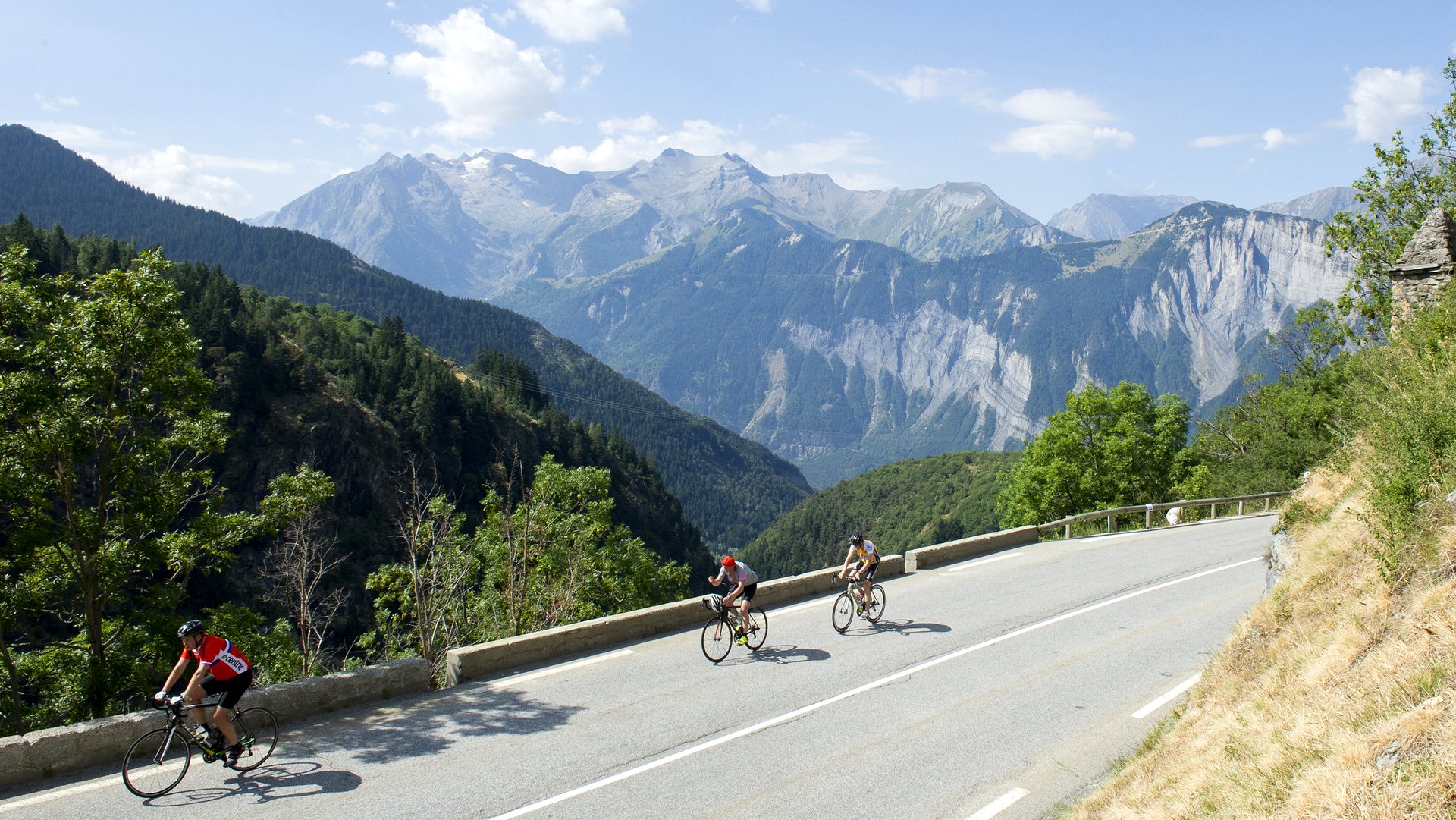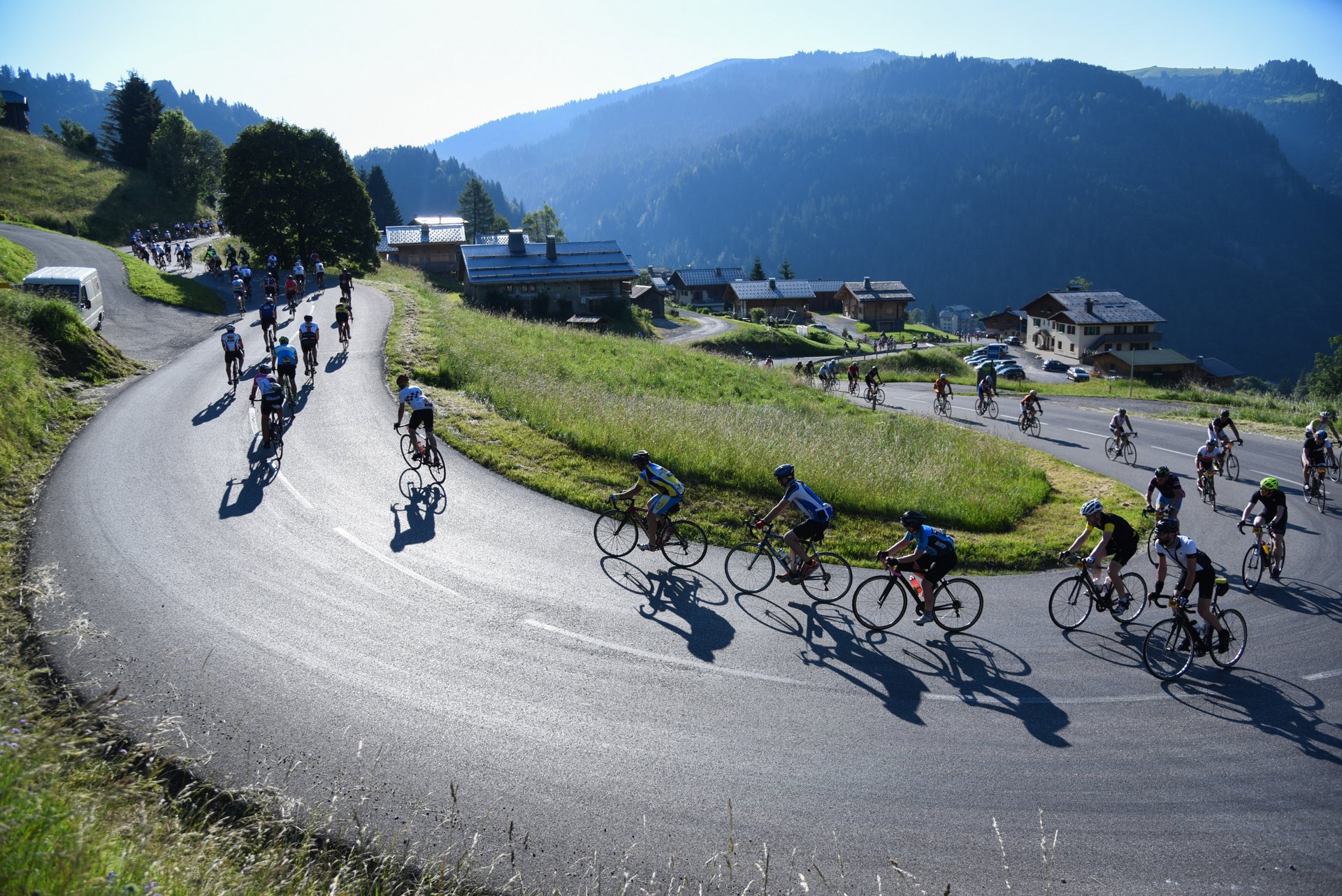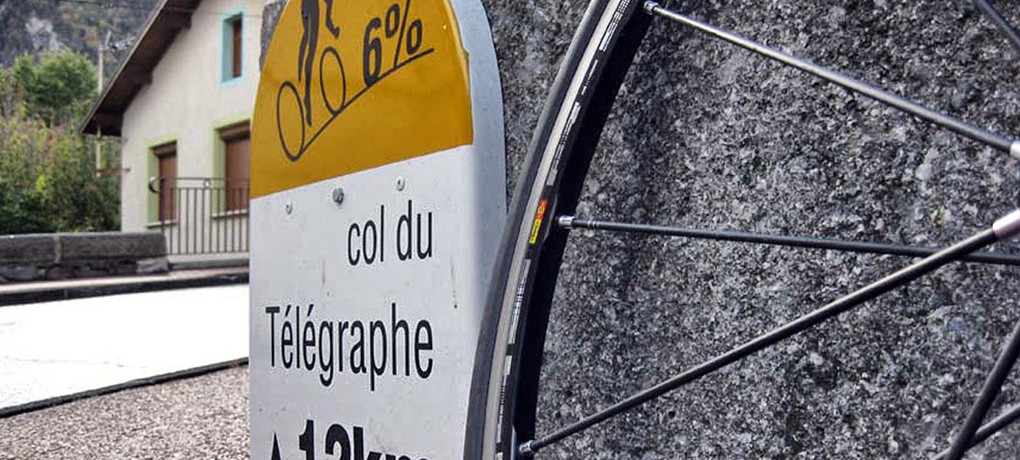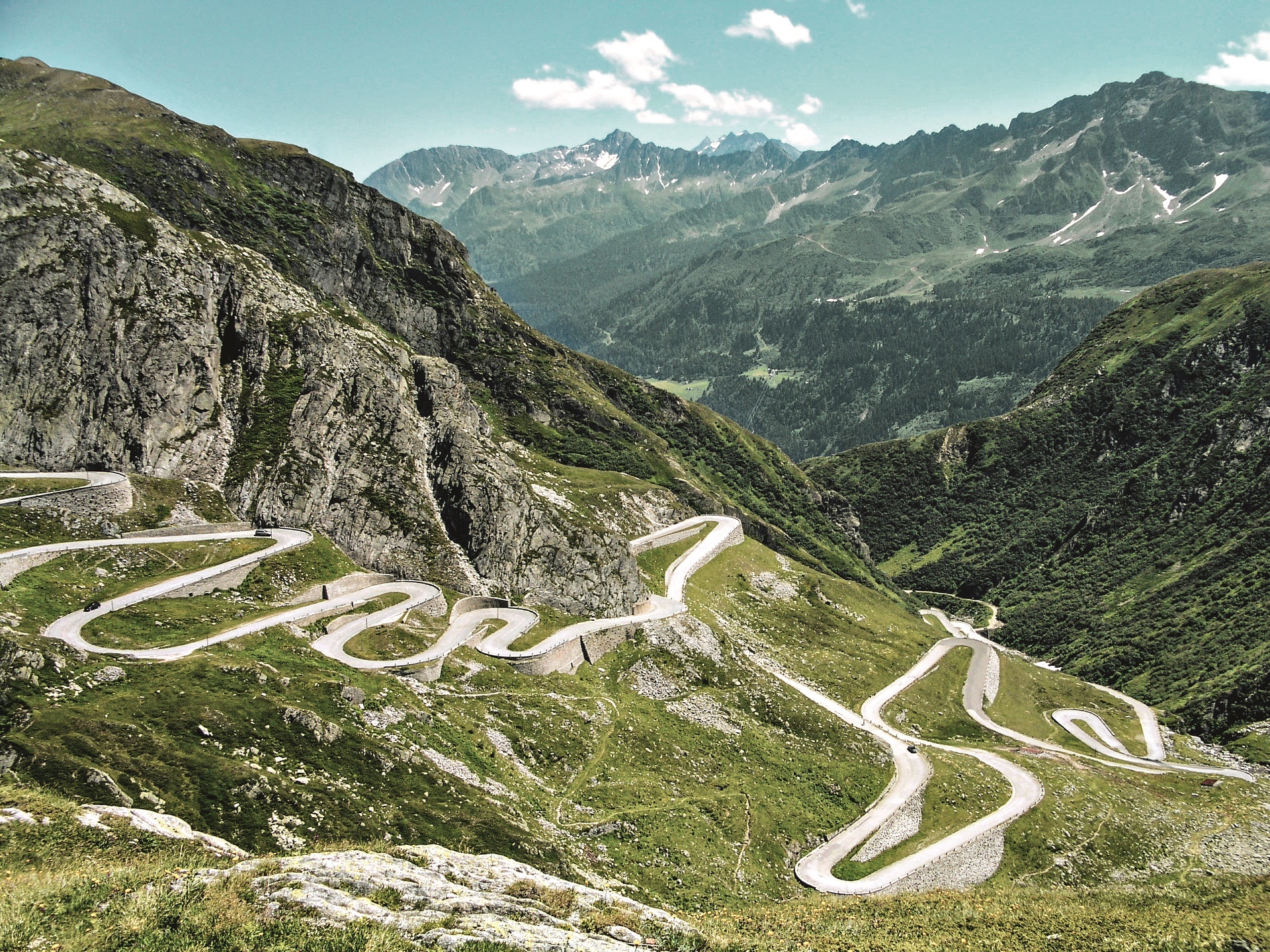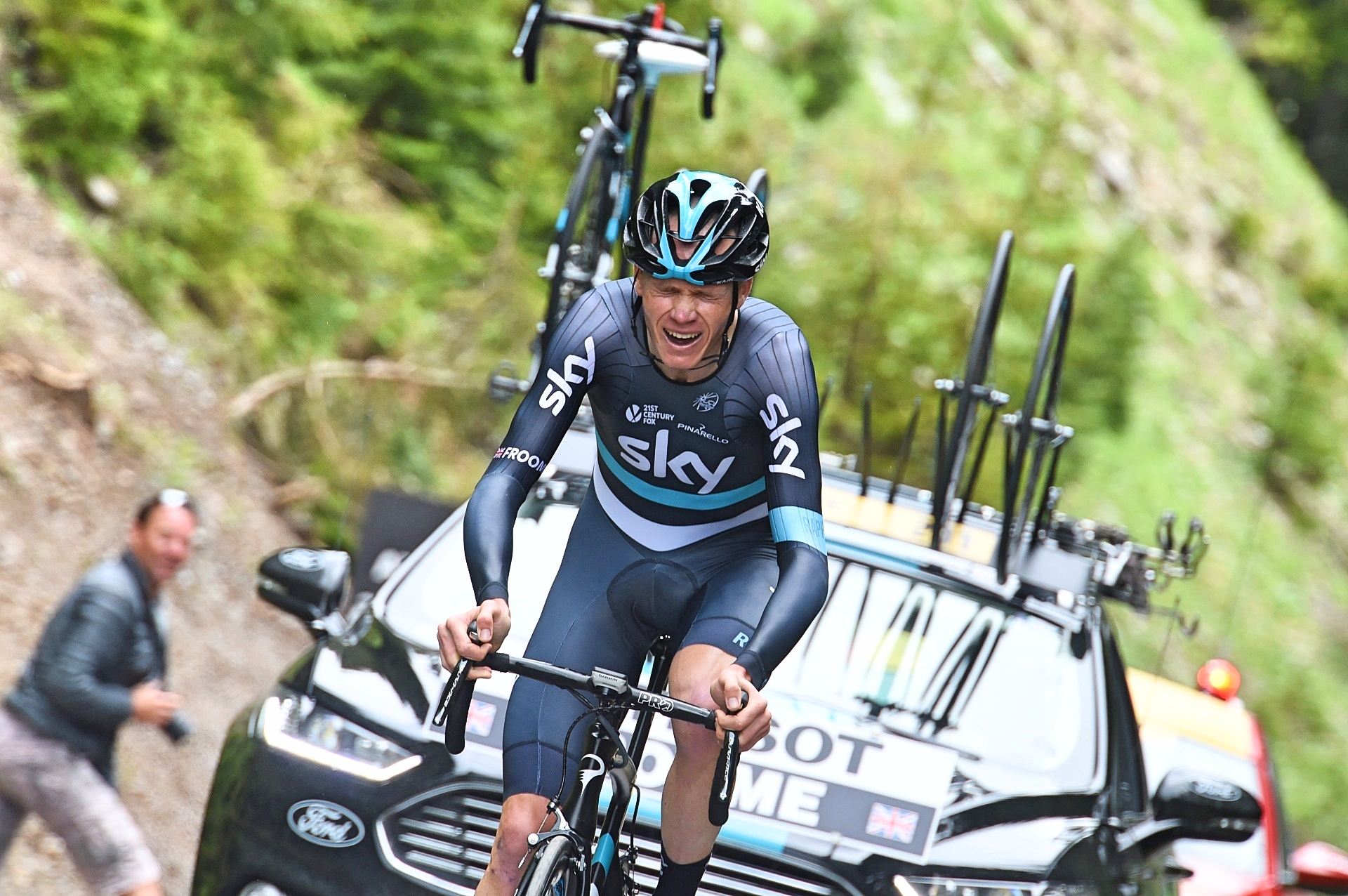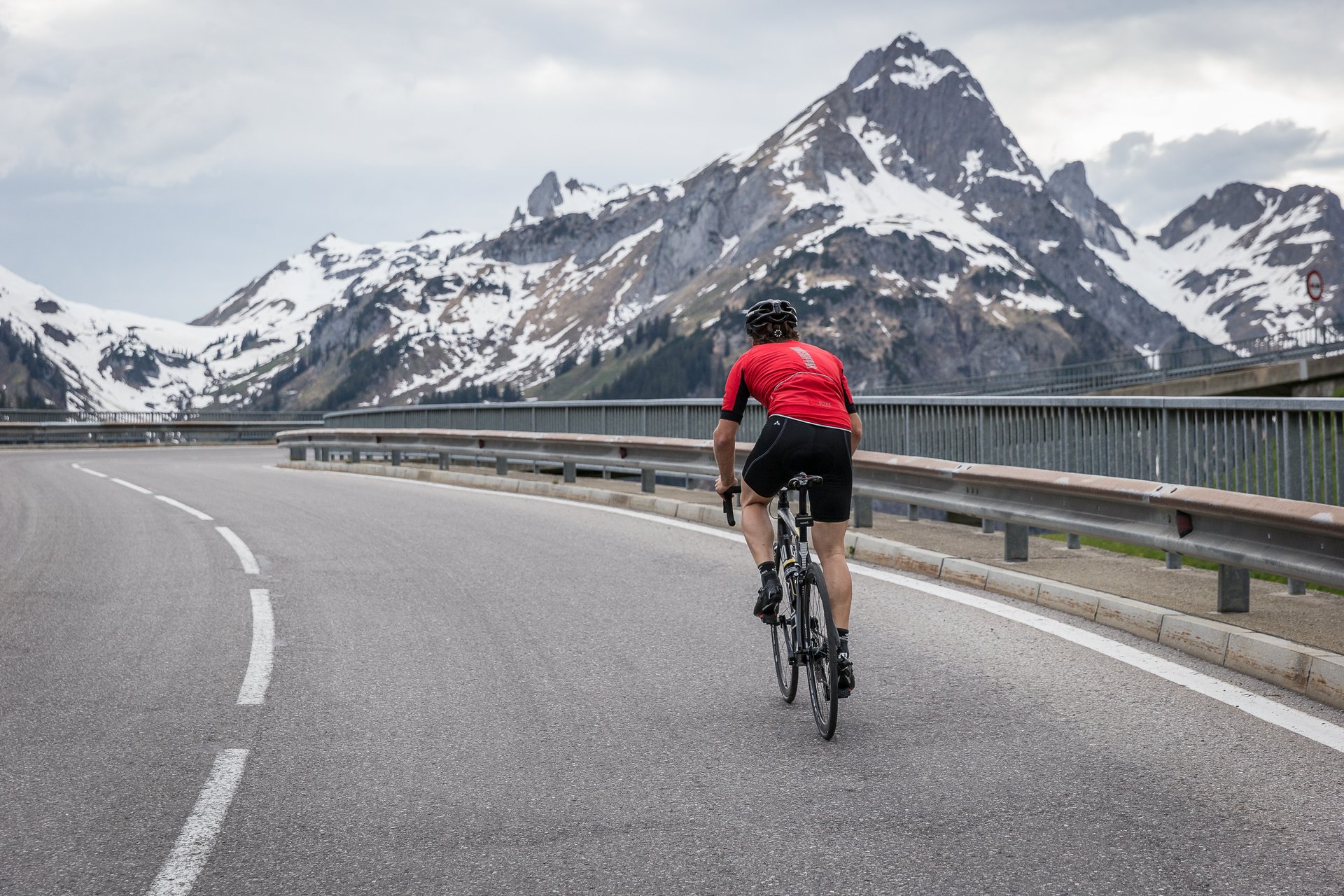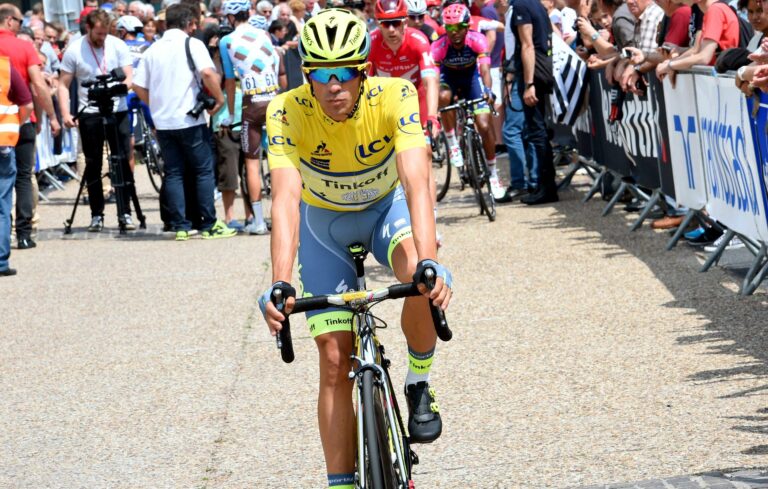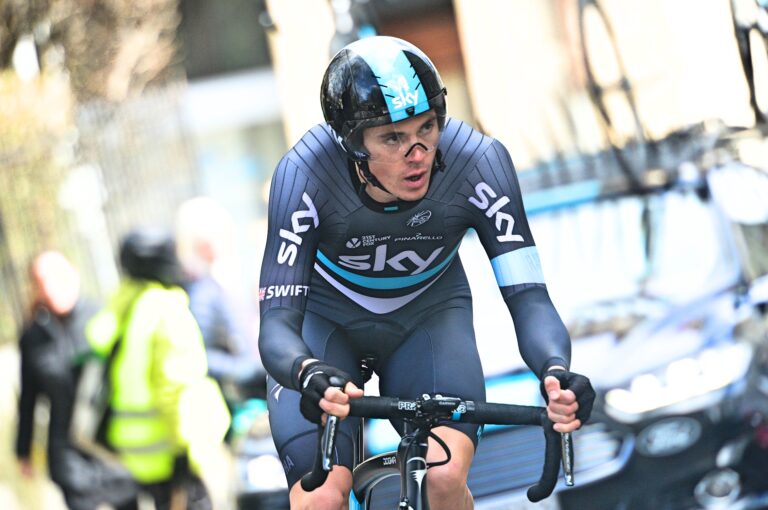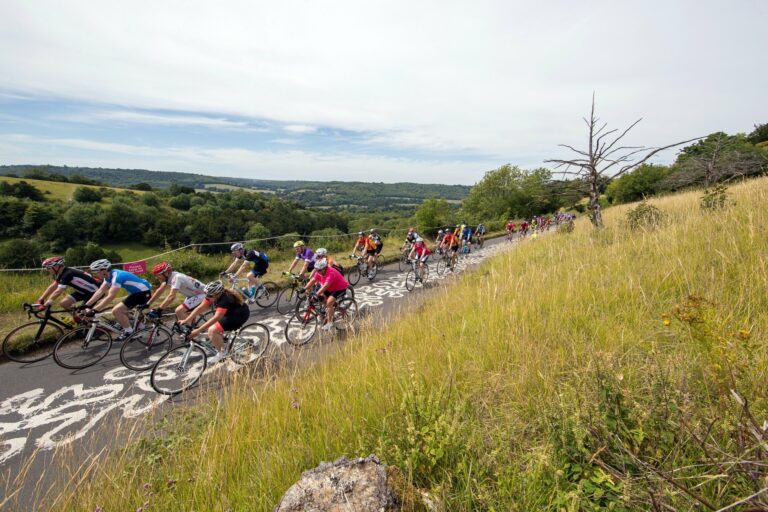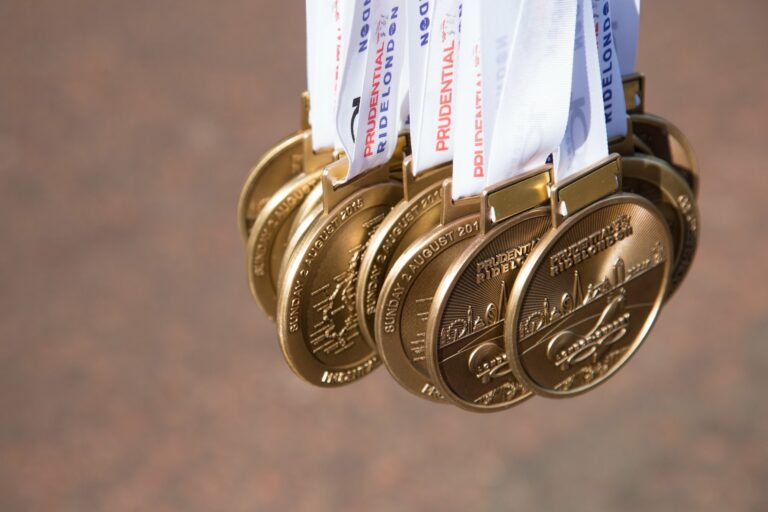Road cycling is not like other sports. It doesn’t have grand stadiums or famous pitches where cup finals and legendary matches from the history books took place. Instead it has the mountains of France, Italy and Spain – where the greats like Coppi, Merckx and Hinault battled their rivals.
The brilliant thing for us cyclists is unlike football fans who’ll never get to set foot on the turf of Wembley, tennis fans who will never step onto the hallowed courts of Wimbledon, or cricket fans who will never step onto the square at Lord’s, we can actually get out on the same roads as our heroes past and present – and experience what it’s like to ride those legendary climbs.
– RoadCyclingUK’s essential guide to road cycling in the French Alps –
Are you planning a summer trip to the mountains of Europe? Ever wondered what it’s actually like to ride those climbs in the Tour de France? Alpine climbing is a unique experience in cycling – there’s simply nothing to compare to it on British shores. For many cyclists, riding on the roads of the Grand Tours is an essential bucket list entry.
But what should you expect when you make those first pedal strokes on to an Alpine climb? To give you a little bit of an insight into what it’s like to climb an alpine mountain, here are eight key moments you’ll experience. If you’re a seasoned campaigner, you’re sure to have experienced these – and probably still do. Hell, even plenty of Tour de France riders will experience some of these sensations. After all, as Greg LeMond once said, it doesn’t get any easier, you just go faster.
